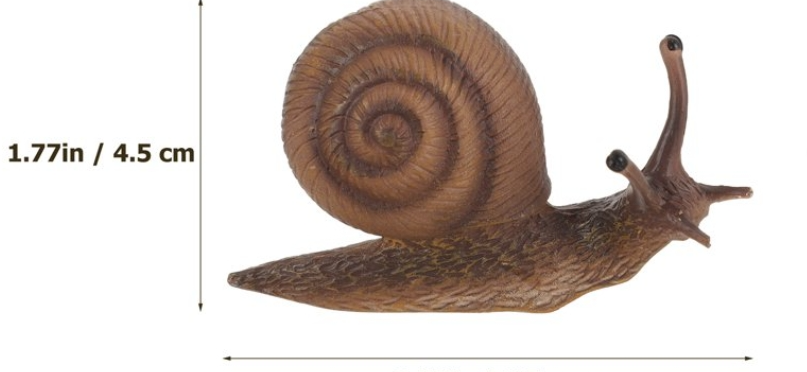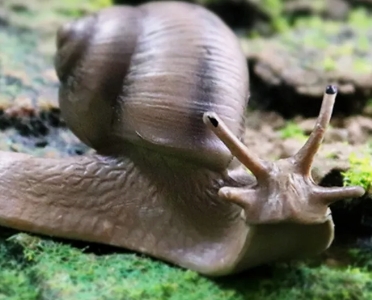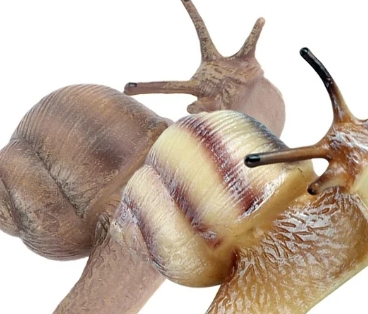The snail, a common land mollusk, is known for its distinctive shell and slow way of moving. The study of snail model aims to simulate the physiological characteristics, ecological habits and interaction with the environment of snails. This model not only provides a scientific basis for understanding the lifestyle of snails, but also provides an important tool for ecological and biological research.
The construction of snail models is generally based on their biological characteristics, such as growth rate, feeding habits, reproductive patterns and environmental adaptation. The researchers combined experimental data with ecological simulations to analyze the effects of different environmental factors, such as temperature, humidity, and food availability, on snail populations. For example, the model is able to predict how snail survival and reproductive success will change under drought conditions, providing guidance for the conservation of snails and their habitats.
In addition, the snail model also has application value in ecological protection and agricultural management. By predicting snail population dynamics, researchers can develop effective management measures to help maintain ecological balance while reducing the snails' harm to crops. In general, the study of snail model provides important scientific basis and practical guidance for understanding and protecting this unique species.




